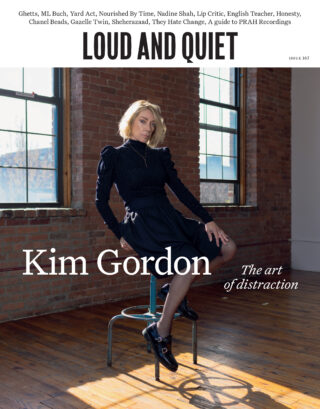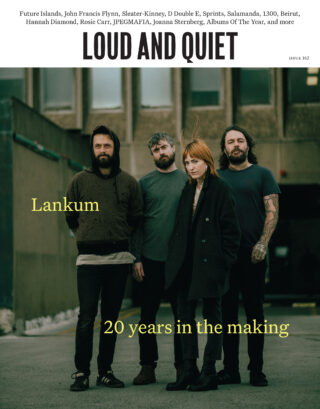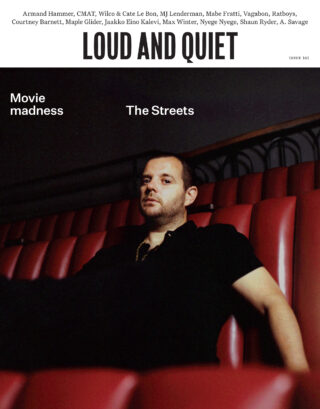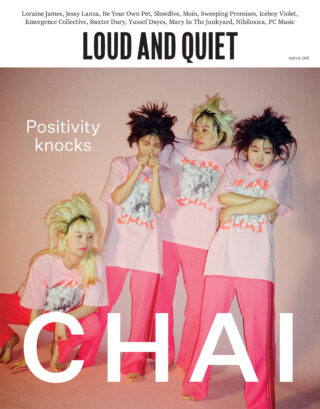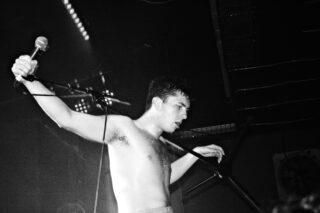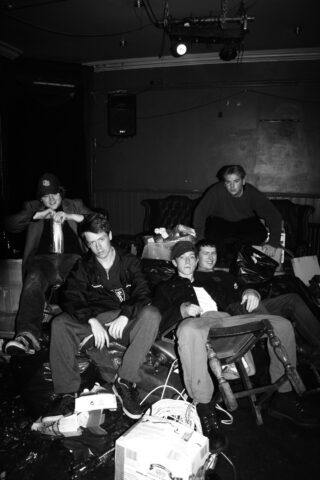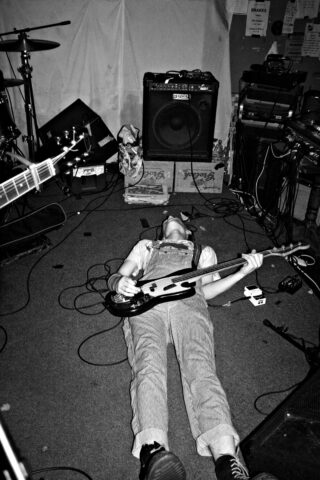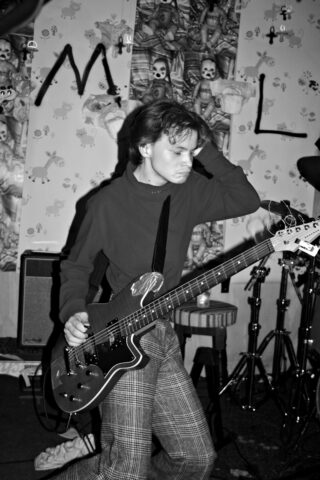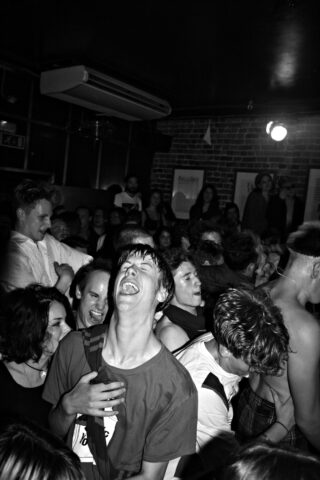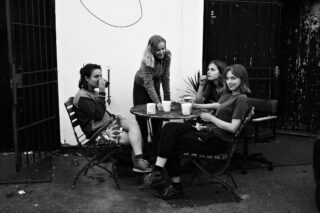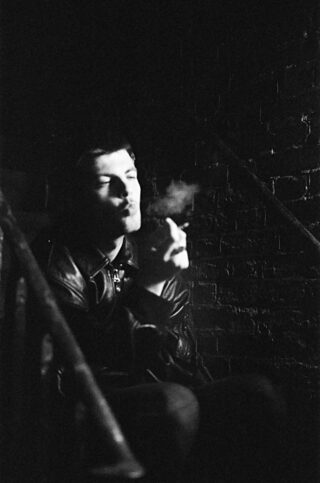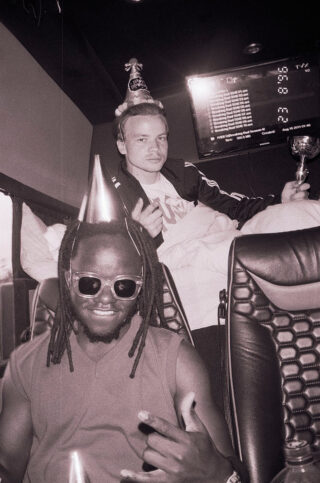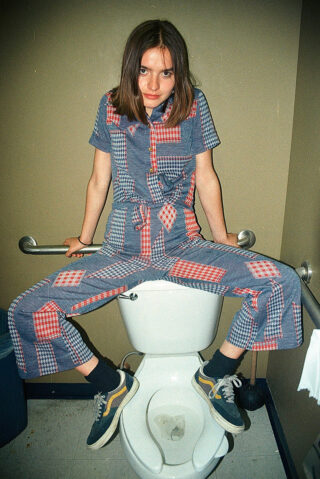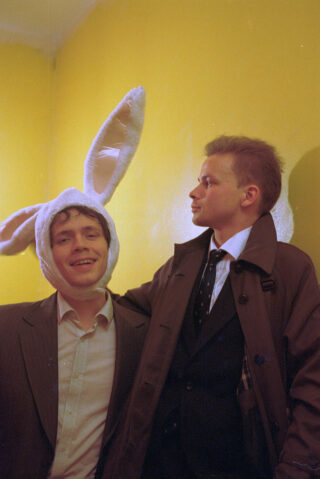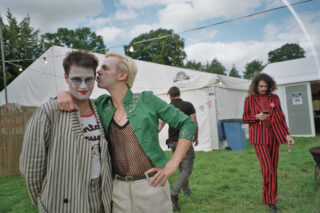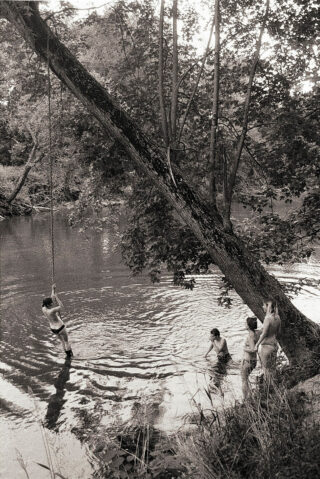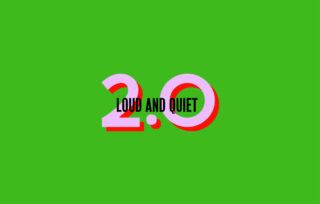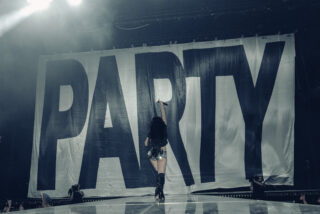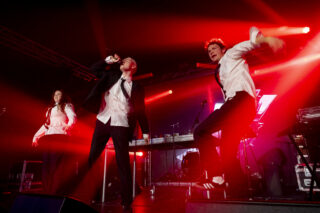Promotional partnership
From Pennie Smith’s shot of Paul Simonon smashing his bass on the cover of London Calling to 1990s Madonna in Jean Paul Gaultier, the history of modern music is made up of almost as many iconic images as it is songs. And yet, unbelievably, there has never been a photography awards that specifically recognises the art of music photography and its importance in telling the stories of the artists we love – from stoic posed cover sleeves to mosh pit dives, to back-of-the-bus snapshots. Nothing.
Abbey Road Studios have decided to do something about that as they launch the inaugural Abbey Road Studios Music Photography Awards – or MPAs – in association with Hennessy. The studio is, after all, the subject and location of one of the most iconic music photographs of all time, involving a zebra crossing and a band from Liverpool.
Predictably, the MPAs are not messing around, with a hugely impressive judging panel that includes HUNGER founder Rankin, legendary music photographer Jill Furmanovsky (who documented the rise of Oasis almost single handed and certainly with the most style and candour), contemporary artists Moses Sumney and Shygirl (for my money, the most exciting musician in London right now), and the incredible American photographer Dana Scruggs.
Photography is something we think about a lot here at L&Q, having always strived to arrange original shoots with the new artists we feature whenever it’s remotely possible. We were like that even in the beginning, before anyone had picked up a copy of what was then a photocopied fanzine printed in a spare bedroom. And one of the categories at the MPAs particularly fits our bill – partly because it’s open for anyone to enter (enter here by March 21), and also because it so squarely covers what we’ve always covered in our pages. The Championing Scenes category, supported by Hennessy, celebrates the vibrancy of global subcultures and those who are currently documenting them through photography. A fitting guest judge will be parachuted in for this award – grime photographer Simon Wheatley, who combined 12 years of cultural photos into the book Don’t Call Me Urban! The Time of Grime in 2021.
For this award, any scene or genre goes, in any territory, from Japanese drill to Danish hardcore. So if you’ve been shooting an emerging scene over the last year or so, and whether photography is your full time job or a weekend passion, you can enter the Championing Scenes category here for a chance to work on an international project with Hennessy in 2023 and to host your own UK exhibition, and to win a trip to Cognac, France with a guided tour around the home of Hennessy.
But what makes a good documentary music photographer, and how do you even get started in the game of shooting anything, let alone an emerging scene?
Over the past 15 years, we’ve been lucky enough to meet a lot of incredible photographers and write about exciting artists and their worlds as they’ve materialised and grown. In recent years, one that we’ve followed closely is local to us – the south London punk scene, which sprang from Brixton DIY venue the Windmill around 2014 and continues to provide us with some of the city’s most exciting new bands and artists – already we’ve had the likes of Goat Girl, Shame, Black Midi, PVA, Black Country, New Road and many more.
Shooting all of this from day one has been Holly Whitaker – very much the scene’s Pennie Smith, who’s developed a candid style of her own and since photographed album sleeves for some of the bands involved. I wanted to ask her the secret to forging a path as a DIY photographer, from someone who started off shooting friends at parties and today is so trusted by the bands she works with that she often accompanies them on tours around the world.
Hi Holly. Tell me how you first got involved in photography?
I never actually studied it – the only reason I ended up owning a camera was because I inherited one as a hand-me-down. It was looking a bit sad not getting used to I ended up taking it to school with me, and to parties with friends when I was around 14/15. I was the only person with a camera so I became the official Facebook profile photo photographer. That was all the training I got, and I’ve been learning as I go ever since.
